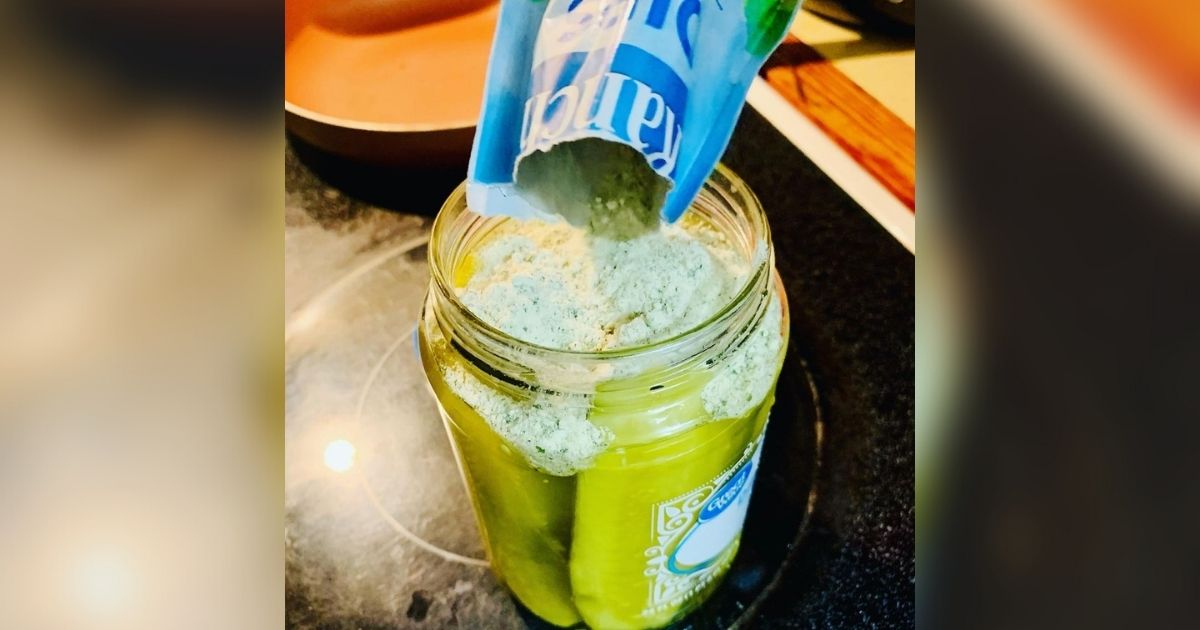When you go to a restaurant or store, especially an expensive one, you expect to get what you pay for. So, when you order a pricey cut of filet mignon, that’s exactly what you expect to get.
However, some customers are finding that instead of the proper cuts of meat that are being advertised on menus or labels, they are actually getting cuts that are held together by “meat glue.”
Some restaurants are creating these “mock filets” by gluing scrap pieces of meat together and telling their customers that they are getting a prime cut. So, restaurants are making money off selling inexpensive cuts at higher prices.


“It looks pretty nice, it looks almost too nice,” says chef and owner of Perbacco restaurant in San Francisco Staffan Terje told ABC 7.
The meat glue comes in a powder form and chef will take different cuts of meat and dust the meat with the powder then shove it into a tin to give it a circular filet mignon shape.
The meat is then sealed in a vacuum sealed bag since the pressure helps bond the meat together. It then is set in the fridge overnight.
“Twenty-four hours later we’ll have steak,” he says.
This turns a $4 pound of stew meat into a $25 pound of prime filet.


According to Cooking Issues, meat glue is something called transglutaminase, also known as TG or TGase.
The website says that TG is “safe, natural, and easy to use” and is often used in places that serve meat in bulk like banquet dining or high-volume restaurants.
“TG is a naturally occurring enzyme in plants, animals, and bacteria. Enzymes are proteins that act as catalysts in chemical reactions; they speed up reactions and make reactions occur that otherwise wouldn’t,” Cooking Issues reports. “TG bonds protein molecules together with a very strong (covalent) bond by linking two amino acids: glutamine and lysine.”


However, Huffington Post has reported the following:
“The outside of a piece of meat comes in contact with a lot of bacteria making its way from slaughterhouse to table. Usually cooking a steak on the outside will kill all that off. The center of a single cut of steak is sterile, that’s why you can eat it rare. But glued pieces of meat could contain bacteria like E. coli on the inside.”
It’s always best to make sure that your meat is cooked through if you’re unsure of whether it not it was glued together.
You can learn more about this meat switcheroo in the video below.
Please SHARE this with your friends and family.















